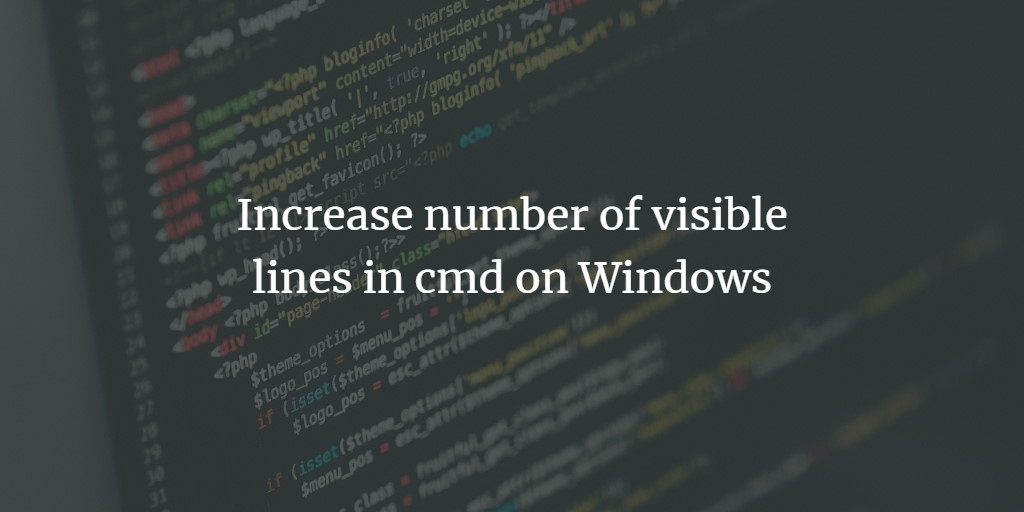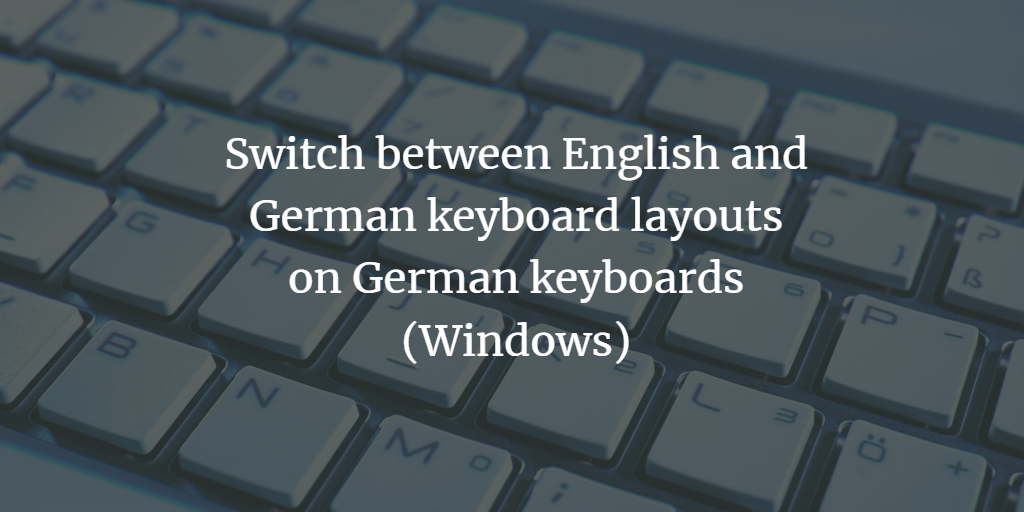How to Transfer Data From Windows 8.1 to Windows 10 Using External Hard Drive
If you have an external hard drive, then you can use it to take backups of data but you can also use it to transfer data to another machine. This article is written to serve the second purpose. I'm transferring data from Windows 8.1 to Windows 10 using my external Toshiba hard drive. Transferring Data ... Read more




